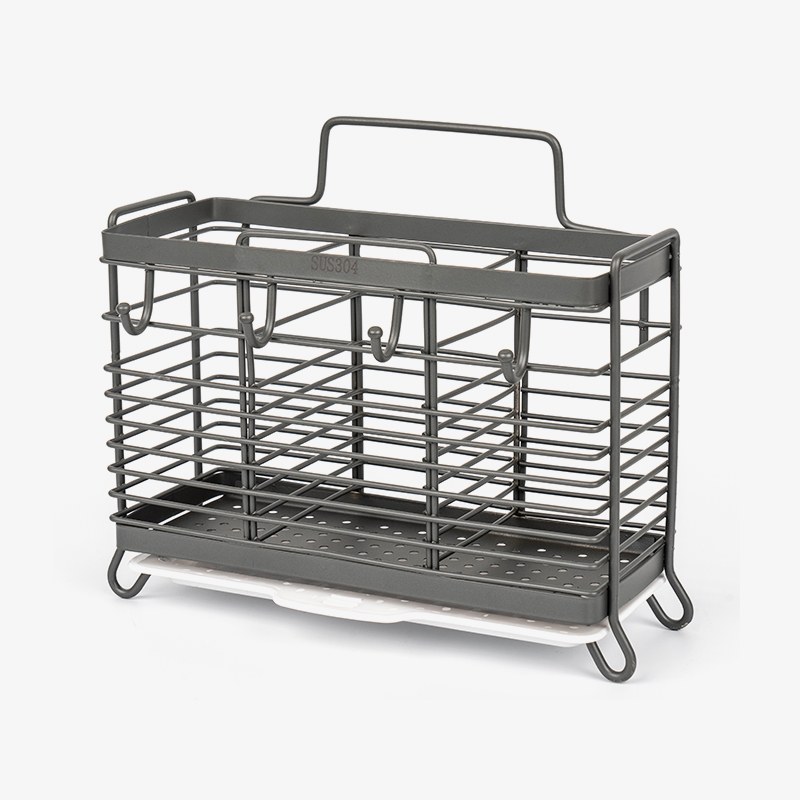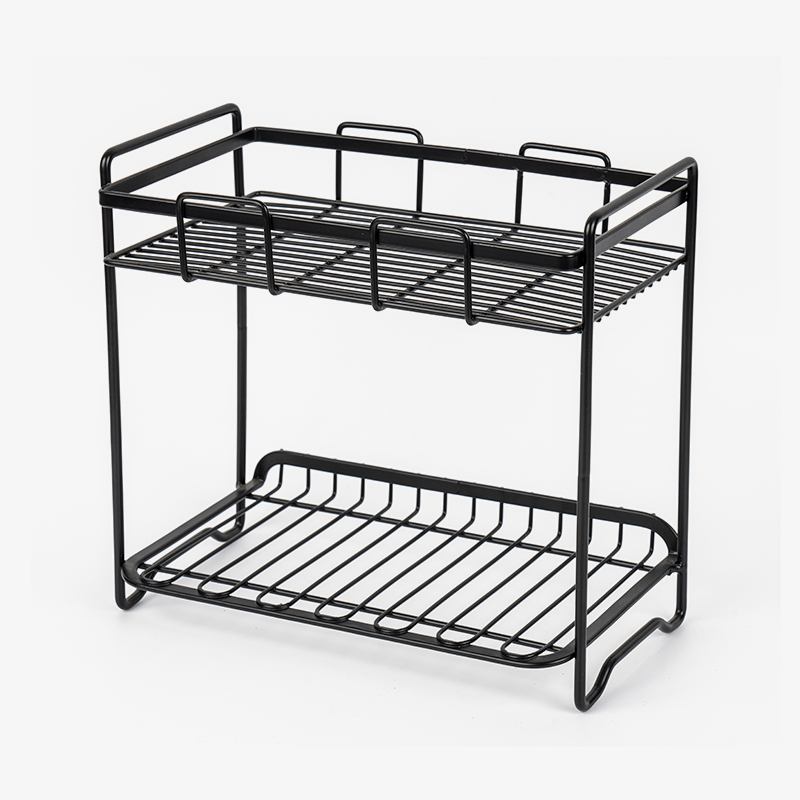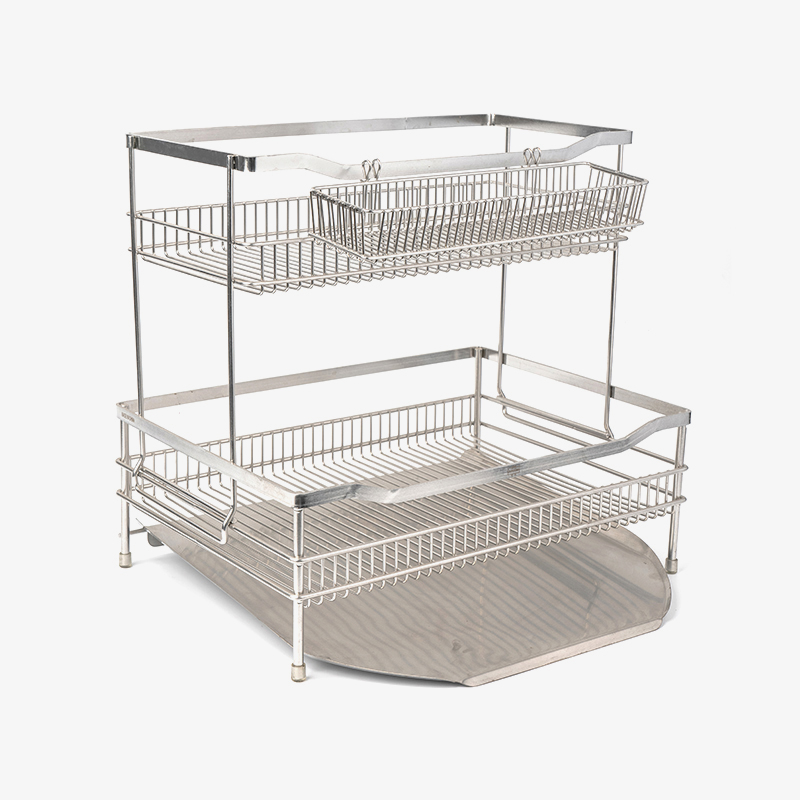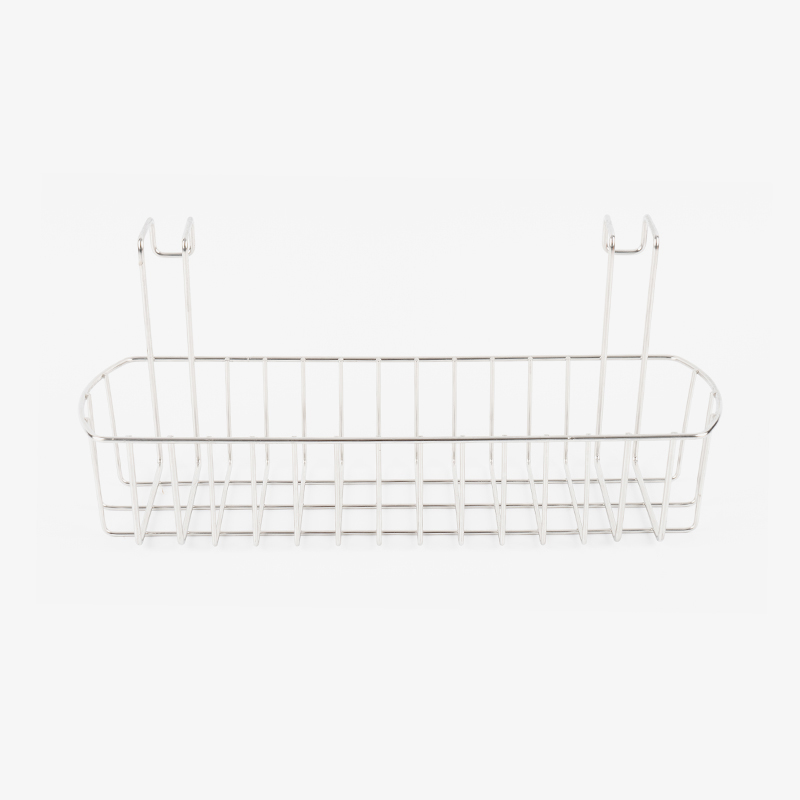Content
- 1 Why do seasoning bottles become the "main culprit" of messy countertops?
- 2 Can the right seasoning rack really "free up" the countertop?
- 3 What types of seasoning racks are there for different space needs?
- 3.1 1. Countertop seasoning racks: Suitable for those who need flexible access?
- 3.2 2. Wall-mounted seasoning racks: Is it safe to hang seasonings on the wall?
- 3.3 3. Hidden seasoning racks: Can cabinets and drawers be "transformed" into storage spaces?
- 3.4 4. Special-shaped seasoning racks: Can corner spaces be "activated"?
- 4 How to maximize space saving when using seasoning racks?
- 5 Is investing in a suitable seasoning rack worth it?
Why do seasoning bottles become the "main culprit" of messy countertops?
The kitchen countertop, as the core area of cooking operations, often falls into chaos due to scattered seasoning bottles. From oil, salt, sauce and vinegar to various spices, these bottles and cans of different sizes and shapes are randomly placed, not only occupying valuable countertop space but also creating visual clutter. When cooking in a hurry, it is common to put seasoning bottles back randomly after use, and over time, the countertop becomes a "gathering place" for seasonings.
Worse still, the spilled seasoning and accumulated oil stains on the bottle bodies make cleaning more difficult. Wiping the countertop requires moving the bottles one by one, which greatly increases the burden of housework. In fact, the root cause of this problem is not the number of seasonings, but the lack of a reasonable storage solution to give each seasoning a "fixed position".
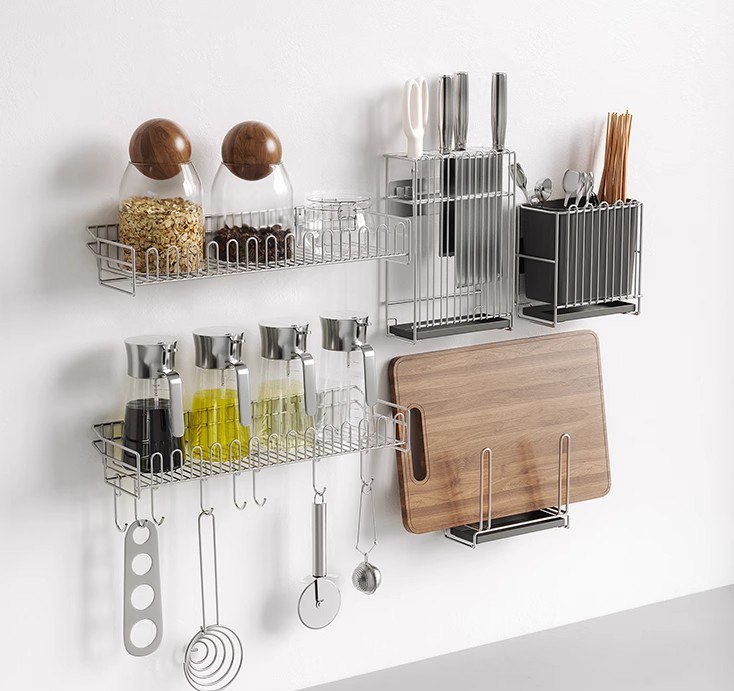
Can the right seasoning rack really "free up" the countertop?
The answer is undoubtedly yes. The core value of a suitable seasoning rack lies in its ability to transform the "horizontal occupation" of seasonings on the countertop into "vertical utilization" or "hidden storage", thereby fundamentally changing the messy situation of the countertop.
For small kitchens with limited countertop space, using vertical storage tools can achieve a "space increase" effect without expanding the area. For example, a multi-layer vertical seasoning rack can stack seasonings upwards, turning the original scattered placement that occupies half a meter of countertop into a small area of only tens of centimeters in diameter. The wall-mounted seasoning rack is even more of a "space-saving artifact" - fixing it on the wall next to the stove not only keeps the countertop completely empty but also ensures that seasonings are within easy reach when cooking.
For those who pursue a "clean countertop" effect, hidden seasoning racks are more suitable. Installing a pull-out seasoning rack in the cabinet near the stove allows you to pull it out when using seasonings and push it back to hide after use, completely avoiding the problem of seasonings occupying countertop space. The drop-down seasoning rack installed in the upper cabinet can also make full use of the high space that was previously idle, and it can be easily accessed without bending over, which is both space-saving and convenient.
What types of seasoning racks are there for different space needs?
1. Countertop seasoning racks: Suitable for those who need flexible access?
Countertop seasoning racks are the most common type, with the advantage of no installation required and flexible movement. The rotating style is very popular - its 360-degree rotating design allows you to easily get the seasoning in the innermost layer without rummaging, and the multi-layer design can classify and place different types of seasonings.
However, it should be noted that countertop seasoning racks still occupy a certain amount of countertop space, so it is more suitable for kitchens with relatively spacious countertops or users who are accustomed to placing seasonings within arm's reach. When choosing, you should pay attention to the size matching the countertop, and avoid choosing overly bulky styles that cause new space waste.
2. Wall-mounted seasoning racks: Is it safe to hang seasonings on the wall?
Wall-mounted seasoning racks are the first choice for "countertop-free" kitchen design. They are fixed on the wall through screws or adhesive, and do not touch the countertop at all. This type of rack can make full use of the vertical space of the kitchen wall, especially the area next to the stove, which is convenient for taking seasonings during cooking.
Many people worry about the bearing capacity of wall-mounted racks. In fact, as long as they are installed correctly according to the instructions, most wall-mounted racks can easily bear the weight of daily seasoning bottles. Some products are also equipped with guardrails with a height of about 4 cm to prevent bottles from falling and ensure use safety. The only thing to note is that the wall needs to be cleaned regularly to avoid oil stains accumulating on the wall around the rack.
3. Hidden seasoning racks: Can cabinets and drawers be "transformed" into storage spaces?
Hidden seasoning racks mainly include pull-out types in cabinets and drop-down types in upper cabinets, which are ideal for users who pursue a neat and uniform kitchen appearance. The pull-out seasoning rack installed in the base cabinet can make full use of the space inside the cabinet, and the layered design allows various seasonings to be arranged in order, so you don't have to squat down to rummage through the cabinet anymore.
The drop-down seasoning rack in the upper cabinet solves the problem of difficult access to high cabinet space. With the help of a hydraulic rod, you only need to gently pull the handle to lower the rack to a reachable height, and push it back to reset after use. This design not only 盘活 the idle high space but also avoids the risk of climbing to get seasonings. In addition, the internal partitions of many hidden racks are adjustable and detachable, which can be adapted to seasoning bottles of different sizes and are easy to clean.
4. Special-shaped seasoning racks: Can corner spaces be "activated"?
Kitchen corners are often the most easily wasted space, but special-shaped seasoning racks can turn these "dead corners" into useful storage areas. The corner seasoning rack is designed according to the angle of the kitchen corner, which can perfectly fit the gap between cabinets and walls. Whether it is a countertop corner rack or a pull-out corner rack installed in the cabinet, it can effectively use the space that was previously impossible to use, further improving the overall storage capacity of the kitchen.
For kitchens with extremely limited space, a small cart with pulleys can also play the role of a "mobile seasoning rack". Placing it in the corner at ordinary times and pulling it to the stove side when cooking can realize flexible storage without occupying fixed countertop or wall space.
How to maximize space saving when using seasoning racks?
Choosing the right seasoning rack is only the first step; scientific use methods can further improve space utilization. Classifying seasonings according to usage frequency is a key skill - placing commonly used oil, salt, sauce and vinegar on the easiest-to-reach middle or bottom layer, and infrequently used spices on the upper layer or inner side, which not only saves time when cooking but also makes the storage more orderly.
In addition, matching with uniform seasoning bottles can also save space. Using bottles of the same size and shape can make the most of the storage space of the rack without leaving gaps. For seasoning bags or small bottles, you can use partition plates in the rack for classification, avoiding messy stacking.
Regular sorting is also essential. Checking the shelf life of seasonings regularly and removing expired products can reduce unnecessary storage pressure. At the same time, cleaning the seasoning rack and bottle bodies regularly can prevent oil stains from affecting the use of the rack and ensure the hygiene of the kitchen environment.

Is investing in a suitable seasoning rack worth it?
From the perspective of space saving alone, a suitable kitchen seasoning rack can save 30% to 50% of the countertop space occupied by seasonings, and for small kitchens, this may mean "freeing up" the entire preparation area. More importantly, it changes the way of kitchen storage, making "keeping the countertop clean" a simple thing - after cooking, you only need to wipe the countertop casually instead of moving bottles and cans repeatedly.
The improvement of cooking efficiency is also an important gain. With seasonings neatly arranged and easy to access, you no longer have to rush to find seasonings during cooking, which makes the cooking process more smooth and enjoyable. In the long run, a small seasoning rack not only solves the problem of messy countertops but also improves the quality of kitchen life.
In conclusion, the mess of kitchen countertops is not an unsolvable problem. Choosing a seasoning rack that suits your kitchen space and usage habits can not only save valuable countertop space but also create a neat and efficient cooking environment. After all, a clean and orderly kitchen can make every meal preparation a pleasant experience.



 Español
Español عربى
عربى